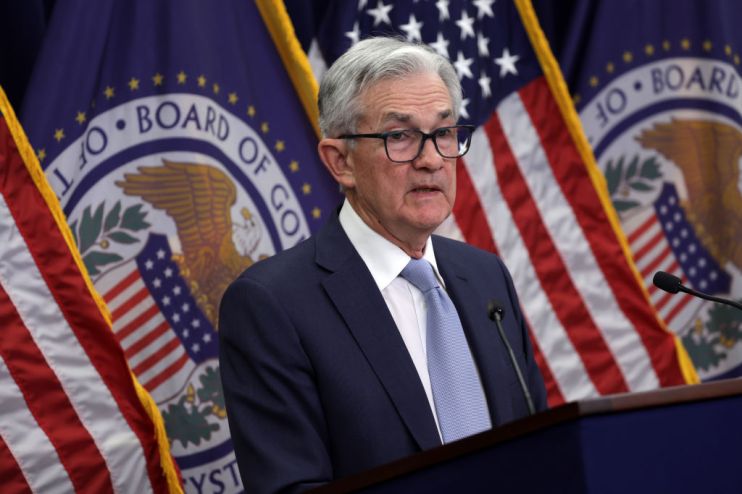Federal Reserve leaves interest rates on hold again as attention turns to Bank of England

The Fed has kept interest rates on hold for the second time in a row as the central bank’s battle against inflation enters a new phase.
Today’s decision means the federal funds rate remains between 5.25 per cent and 5.50 per cent, keeping the benchmark rate at its highest level in 22 years.
In a statement, the rate-setting Federal Open Market Committee (FOMC) said it “remains highly attentive to inflation risks” and stressed that it was “strongly committed to returning inflation to its two percent objective”.
The Fed has embarked on an aggressive monetary tightening campaign over the past 18 months in an attempt to quell rampant inflation. Having peaked at over nine per cent last summer, the most recent consumer price data from the US showed that inflation remained stuck at 3.7 per cent in September.
Despite this, the US economy remains remarkably strong. Recent figures showed that the US economy grew at an annualised rate of 4.9 per cent between July and September.
Figures on the labour market released today also revealed that the US jobs market remains resilient despite the impact of the Fed’s rate hikes.
“Recent indicators suggest that economic activity expanded at a strong pace in the third quarter,” the Fed said. “Job gains have moderated since earlier in the year but remain strong, and the unemployment rate has remained low. Inflation remains elevated.”
Stubborn inflation and strong growth raises the chances of a rate hike before the end of the year. Currently markets think there is about a 25 per cent chance that the Fed will hike rates before the year is out.
The Fed’s decision comes a week after the European Central Bank (ECB) paused its own rate hiking campaign, breaking a spell of 10 consecutive rate hikes.
With the Bank of England expected to leave rates on hold again tomorrow, central banks seem increasingly confident that the current level of interest rates is sufficient to bring inflation down to target.
Markets are already turning their attention to when central banks might start cutting rates.
The FOMC, however, gave little away in terms of forward guidance, saying it will “continue to monitor the implications of incoming information for the economic outlook”.
“The Committee would be prepared to adjust the stance of monetary policy as appropriate if risks emerge that could impede the attainment of the Committee’s goals,” it said.
“By leaving rates unchanged while continuing to flag the possibility of further tightening to come, the Fed indicated today that it remains in ‘wait and see’ mode,” Andrew Hunter, deputy chief US economist at Capital Economics said.
“But we suspect the data over the coming weeks will see the case for a final hike continue to erode, with the Fed likely to start cutting rates again in the first half of next year.”